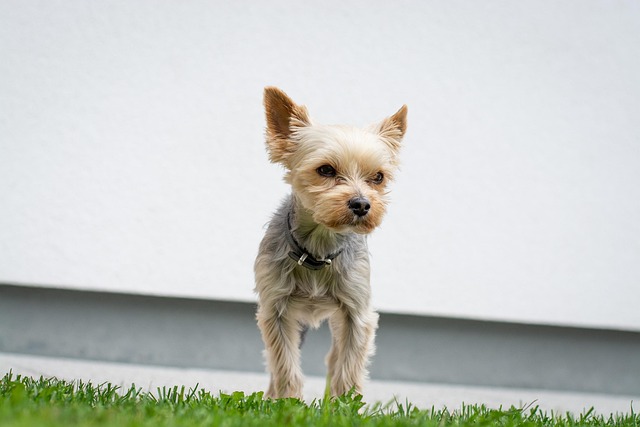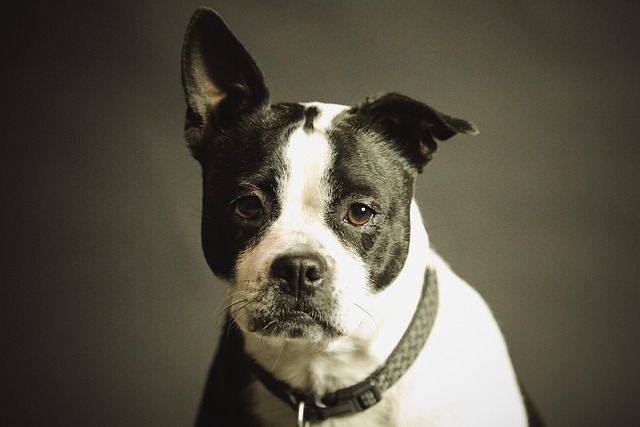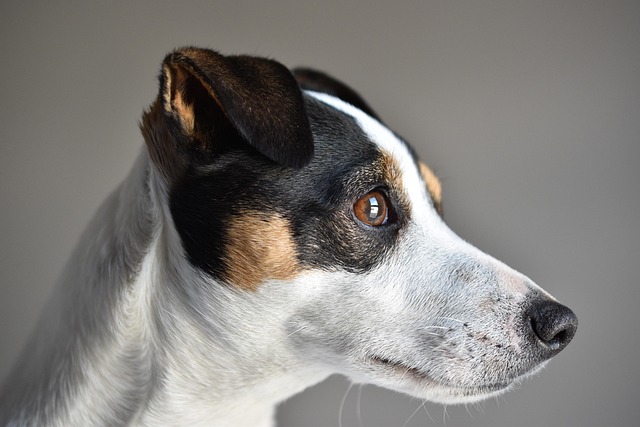
How to train a service dog for social anxiety?
A service dog trained for social anxiety isn’t just a pet—it’s a trusted ally that can ease stress in everyday moments others take for granted.
Imagine bringing your new puppy home. It's all cuddles and playtime until... well, until they piddle on your rug, chew your favorite shoe, or bark at a neighbor. This is where basic puppy training comes in. Far more than just teaching ‘sit’ and ‘stay,’ it’s the essential foundation of how you and your dog will communicate for life. It’s about building a shared language built on trust and mutual respect, transforming that adorable handful of fluff into a well-mannered member of your family and community. Think of it less as a chore and more as the ultimate bonding activity.
The entire modern approach to this training is built on the solid scientific principle of positive reinforcement. This isn't just a trendy term; it's a method backed by decades of behavioral science. It works because actions that are rewarded are much more likely to be repeated. When your puppy sits and immediately gets a tasty treat and praise, their brain makes a positive connection. This is the absolute cornerstone of positive reinforcement training and is a major cultural non-negotiable in places like the U.S. and U.K. Methods involving fear, intimidation, or physical correction are not only considered outdated and harmful but can also damage your bond and lead to more serious behavioral issues down the line. The goal is to guide your puppy to make good choices willingly.
So, what does this look like in your day-to-day life? Start with the big four: their name, sit, recall (come), and leash manners. Keep sessions incredibly short—just two to five minutes, but repeat them often throughout the day. For a rock-solid 'sit,' hold a treat near their nose and slowly move your hand up and back. As their head follows the treat, their bottom will naturally hit the floor. The instant it does, say "yes!" and give them the reward. This immediate feedback is everything. Practice this before mealtimes, before going outside, and during calm moments. It’s these small, consistent interactions that seamlessly integrate training into daily life rather than making it a separate, stressful event.
This process of building a good canine citizen is deeply intertwined with your local laws and social expectations. Before you even think about practicing 'come' at the local dog park, your puppy’s vaccination schedule must be complete. This is a critical part of responsible dog ownership and is a legal requirement in most U.S. states for public health and safety. And when you are out in your community, your training extends to public etiquette. This means always having a stash of poop bags on every walk. Scooping your pup’s waste isn’t just a courtesy; in most cities and towns, it’s the law, and failing to do so can result in a significant fine. For apartment dwellers, this is especially crucial, as is managing barking to maintain good relations with neighbors. Ultimately, basic training is the first and most important step in your journey of puppy socialization and obedience, ensuring your new friend is safe, happy, and welcome everywhere they go.

A service dog trained for social anxiety isn’t just a pet—it’s a trusted ally that can ease stress in everyday moments others take for granted.

Chihuahuas often bite not out of aggression, but because their small size makes them feel vulnerable—like when a kid reaches for their collar too fast or a stranger bends down suddenly.

House training an adult dog differs from teaching a puppy, but it’s absolutely doable with consistency. Many adult dogs may have picked up old habits from past homes or lack prior training, so patience becomes your best tool here.

Dealing with a stubborn dog during house training can feel like a never - ending battle, but it’s far from impossible with the right approach.

The moment your dog's teeth make contact with skin, the world shifts. Whether it was a warning nip or a serious bite, the fear and confusion are real.

Territorial aggression in dogs often shows up as growling when someone approaches the front door or snapping near their food bowl—common triggers that can escalate if not addressed.